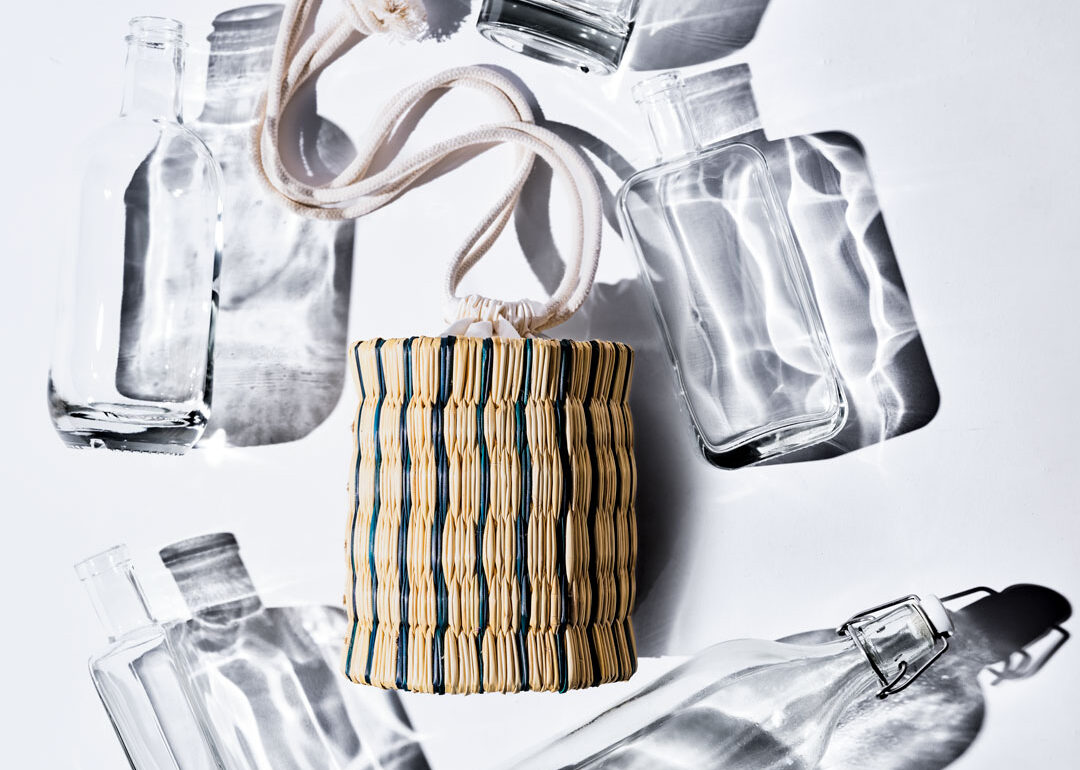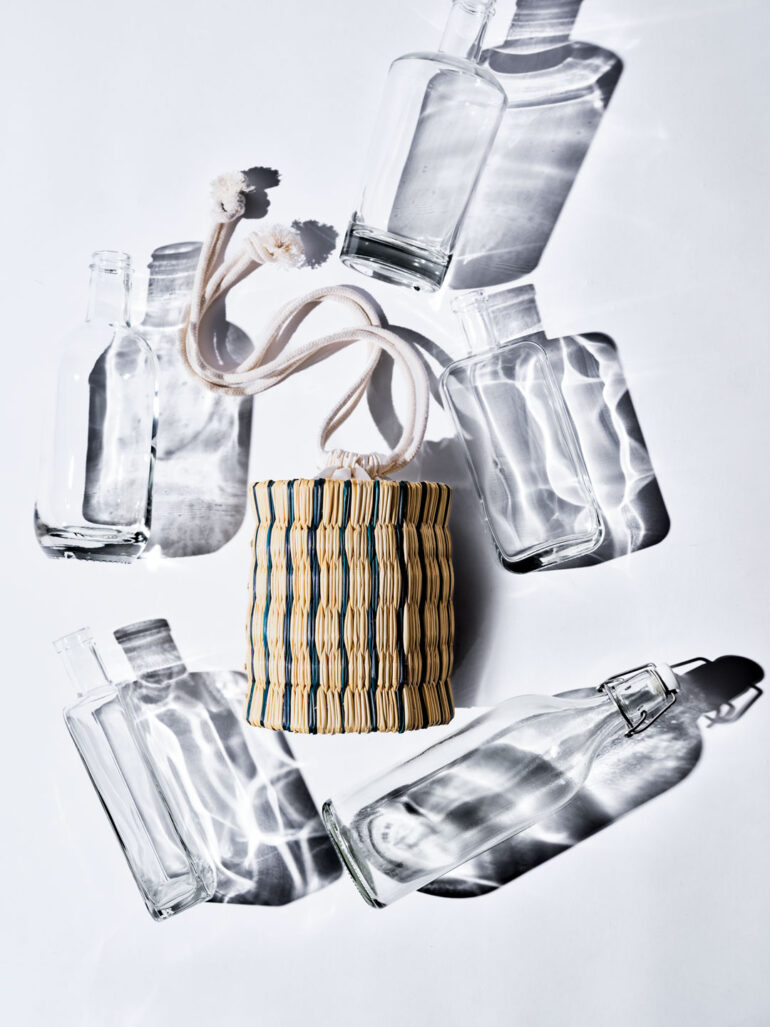A new generation of products is coming to life in the Portuguese footwear industry. Twenty-four types of bio-leathers, 26 types of bio-fibres and 33 new footwear products are among the new solutions developed under the BioShoes4All project.
The Portuguese footwear industry is investing more than 70 million euros in order to become an international benchmark in the development of sustainable solutions. To this end, it has brought together a network of 70 partners, including companies, technology centres and universities. So far, 121 results have been achieved.
“The new developments include products with a significantly reduced environmental footprint, extra-light leathers, new tanning processes using new tannins, new industrial lines capable of recycling production waste, as well as new business models”, highlighted Maria José Ferreira, the project’s coordinator.
Divided into five pillars — Biomaterials, Ecological Footwear, Circular Economy, Advanced Production Technologies and Training and Promotion —, the BioShoes4All project aims, according to Maria José Ferreira, “to ensure a resilient national pro-duction base for positioning in an international market in which innovation, differentiation, fast and effective response, service, product quality, training and promotion will be competitive arguments that will allow us to outperform the competition”. To do so, the footwear sector “has the ambition to bring about a radical change in materials, technologies, processes and products”. The project consists of 11 initiatives, 23 actions and 80 activities.
Point-to-point
After 24 months of implementation, the first results were presented at the first demonstration action of BioShoes4All. Within the Biomaterials pillar, 24 bio-leathers, chemical products and processes have been developed so far. These include 10 bio-leathers such as ecolight leather and box-calf (development of leather for high-top boots with vegetable tanning), research into new tannins for tanning (35 to 100% pine bark, 10 to 100% coffee grounds, leather scraps from production) and Wet-white (non-fossilised, bisphenol-free) and 14 new chemical products and processes, such as extracts from pine, olive trees, coffee and tannery waste, as well as a 20 to 25% reduction in water consumption. A pioneering industrial pilot line has also been developed.
Also in the same pillar, 26 bio-fibres, polymers, materials and components have been developed, of which 12 bio-fibres and polymers and 14 components and pilot lines. In total, there are more than 20 identified bio-fibres and fillers, PU bio-binders, PVC (90% bio), rubbers (80% bio), coated biomaterials (70% bio), toe caps, counters, insoles and soles, and industrial pilot lines.
Under the Ecological Footwear pillar, 29 new footwear products have been developed, as well as 4 platforms and a pilot line. Within this universe, 24 products have a reduced environmental footprint, 23 have a reduced carbon footprint and 15 use fewer fossil resources. In addition, 52 life cycle assessments have been completed and 24 are ongoing.
In terms of the Economy Circular pillar, 14 advanced production technologies have been developed. Seven of these relate to traceability of footwear and leather goods, and seven relate to planning, eco-production and quality.
Still under this pillar, 10 results were presented on the valorisation of production waste: 8 on materials and composites and 2 on components and products. Concerning materials, the highlight was the presentation of thermoplastics containing recycled material: PVC 90%, TPU 95% and TR 90%, composites with 10 to 30% recycled rubber and up to 10 to 20% leather and 10 to 80% recycled EVA as an additive or by agglomeration. In terms of component development, the soles and footwear with recycled material that are currently under development and the 2 types of injected footwear (fashion and technical) are worth mentioning.
The fourth pillar, Advanced Production Technologies, covers two areas: Traceability and Logistics and Production Systems. In this context, 14 results were developed related to the circularity of pre- and post-consumer footwear, in particular four studies on consumption and management models for post-consumer products, a study on the disassembly of complex multi-material products and business models for the circular management of hospital and work footwear.
Finally, 10 results were also presented on footwear recycling and industrial symbiosis, namely the valorisation of post-consumer materials: rubber, PVC, SBS, SEBS, EVA, industrial symbiosis: circular fishing wetsuits (PVC) and surfing wetsuits (rubber) and soles with up to 50% recycled material, recycled footwear and life cycle analysis.
Photo: Frederico Martins
Bag: Toino Abel



